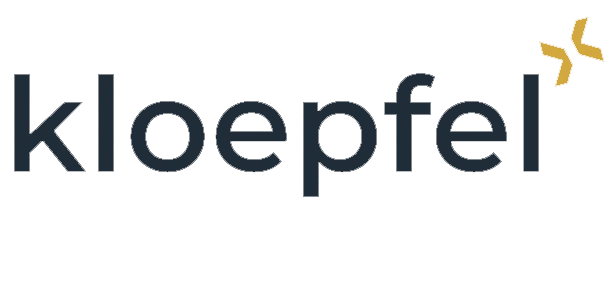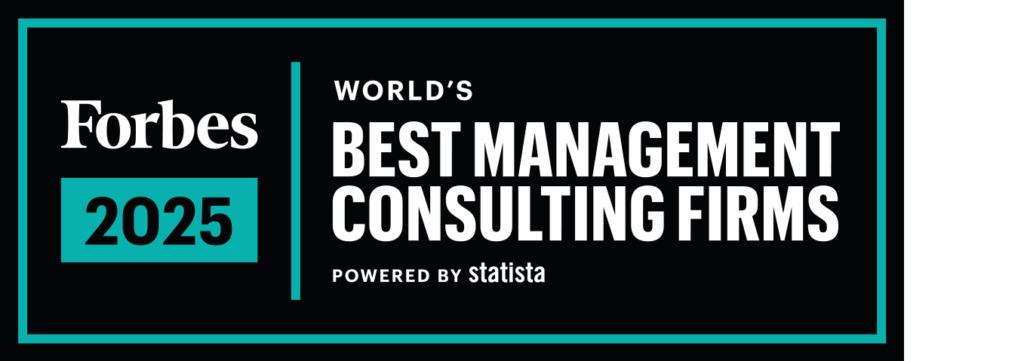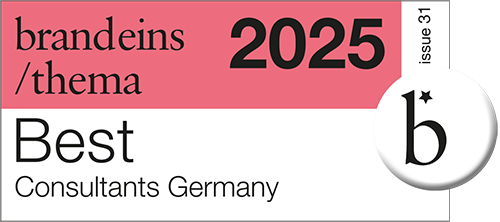Purchasing optimization automotive industry: Winkelmann Group
Industry: Automotive, energy and plant engineering, steel distribution
Turnover: around EUR 500 million
Employees: 3,000
Optimization measures, among others:
- Market and supplier research, tenders, supplier days, negotiations
- Workshops with existing suppliers to identify potential savings that can be realized together
- Supplementary suppliers in the areas of: Castings, C-parts, personnel services
- Examples of material groups processed: Castings, contract manufacturing, investments, auditing, electricity, personnel services, vehicle fleet, purchasing structure optimization: further development of the purchasing organization including employee qualification
Interview with Besim Jakob, authorized signatory and Head of Strategic Purchasing/Materials Management Purchasing/Materials Management at Winkelmann Group GmbH + Co. KG and Managing Director of Winkelmann Metal Solutions GmbH.
Were you skeptical or rather open-minded at the start of the project?
Besim Jakob: I wasn't skeptical at all. I put together an extensive tender beforehand and then deliberately chose Kloepfel Consulting. Firstly because of their wealth of experience, but also because of their dynamism. You could just feel their passion for procurement.
What were the biggest challenges at the start of the project?
Besim Jakob: At the beginning, it was important for the Kloepfel team to grow together with ours. Our team in particular had to be relieved of the feeling of being questioned. It was much more about seeing where we stood in order to gain additional methodological and process expertise. The data consolidation of our very broad range of articles was also a major challenge.
To what extent has the optimization project affected your security of supply and the quality of your products?
Besim Jakob: There were no negative effects, the product quality was maintained. For some products, we were able to establish a second supplier, which optimized security of supply and risk management. In addition, we no longer just order the maximum possible, but rather what is required. Some of the specifications were technically oversized before the purchasing optimization project.
To what extent has the optimization project had an impact on the stability of your sales prices?
Besim Jakob: Thanks to the optimizations, we were able to partially counteract the enormous cost pressure and thus keep sales prices largely stable.
To what extent does the optimization have a lasting effect on your day-to-day business?
Besim Jakob: Not only was every article checked. Advanced methodological and process skills were also taught. For example, through negotiation training or the fact that negotiations were always conducted jointly. We benefit from this in the long term. It was important to me in this project that my employees gained holistically. They have become more self-confident, have gained negotiating strength and are much more motivated. Nevertheless, we have to keep our procurement markets in focus, recognize developments at an early stage and derive the right strategies and measures.
How would you describe the way the Kloepfel project team works?
Besim Jakob: After the discovery phase: team-oriented, very analytical, goal-oriented.
Joint project successes are also always dependent on people. We say that we are temporary colleagues in the projects. How did you feel?
Besim Jakob: I can fully confirm that. We still have a trusting working relationship with Kloepfel Consulting today.
Some suppliers first had to get used to seeing new Kloepfel faces at the negotiating table alongside the familiar contacts from your company. How did you experience these situations and what were the reactions of the suppliers?
Besim Jakob: Some suppliers tried to drive a wedge between the Winkelmann team and the Kloepfel team. Ultimately, however, we were all prepared. Especially as the Kloepfel team saw itself as an extended Winkelmann team.
What is your conclusion after the end of the project?
Besim Jakob: Clearly a very positive conclusion. We achieved more in some areas and less in others. The bottom line is that it was a clear precision landing. The employees enjoyed their work more and the appreciation of the management has increased. In addition to the employees, the organization has also developed. I think that no matter how good you are, the markets and framework conditions are constantly changing and you have to adapt and help shape them instead of simply resting on your laurels. This is the second purchasing optimization project in eight years and you can see that the dynamics in purchasing should always be refreshed.
Thank you very much for the interview!




